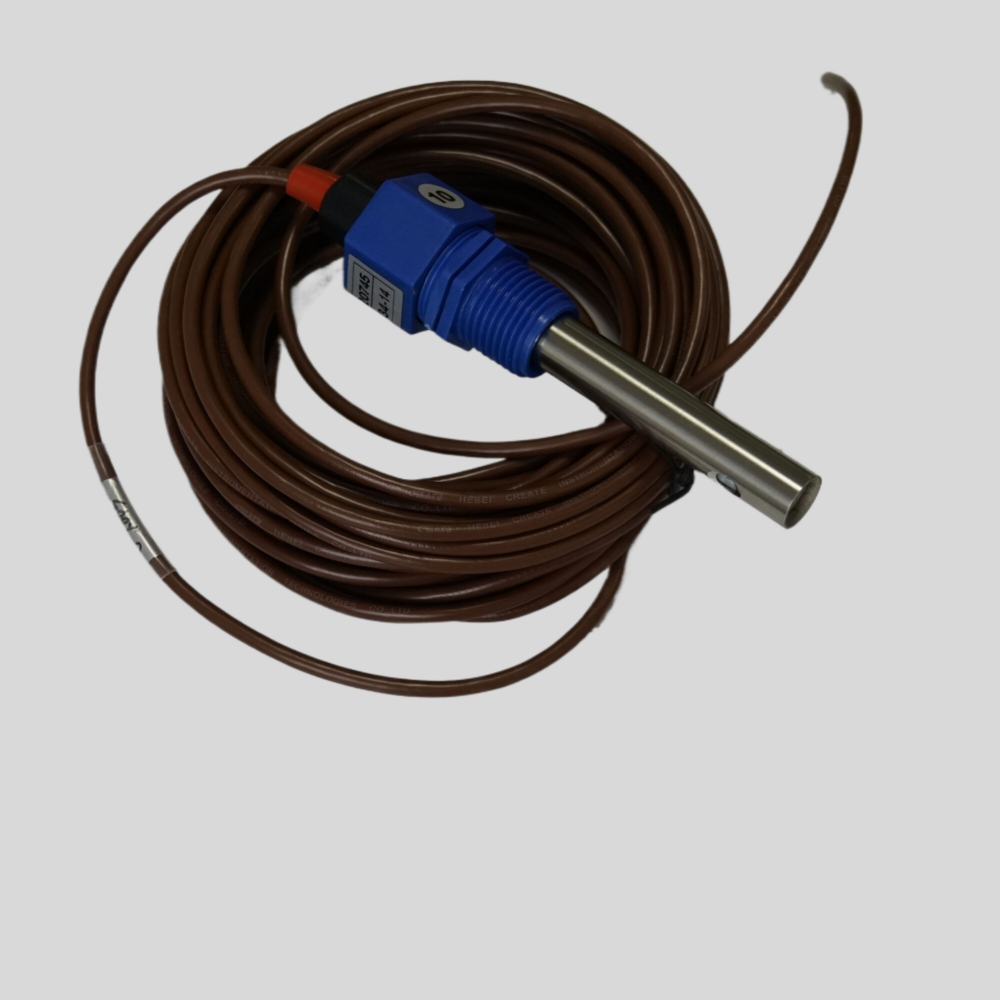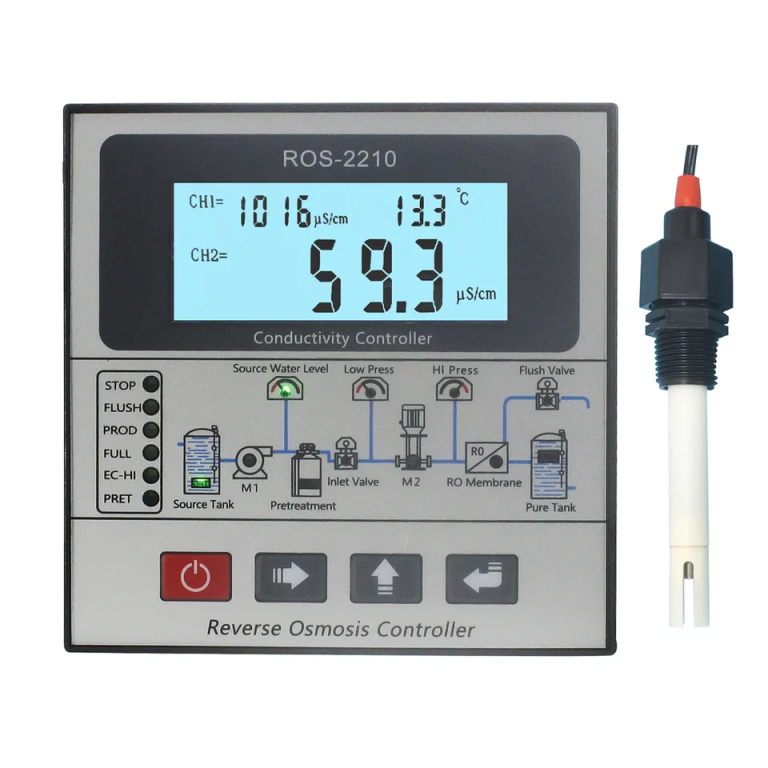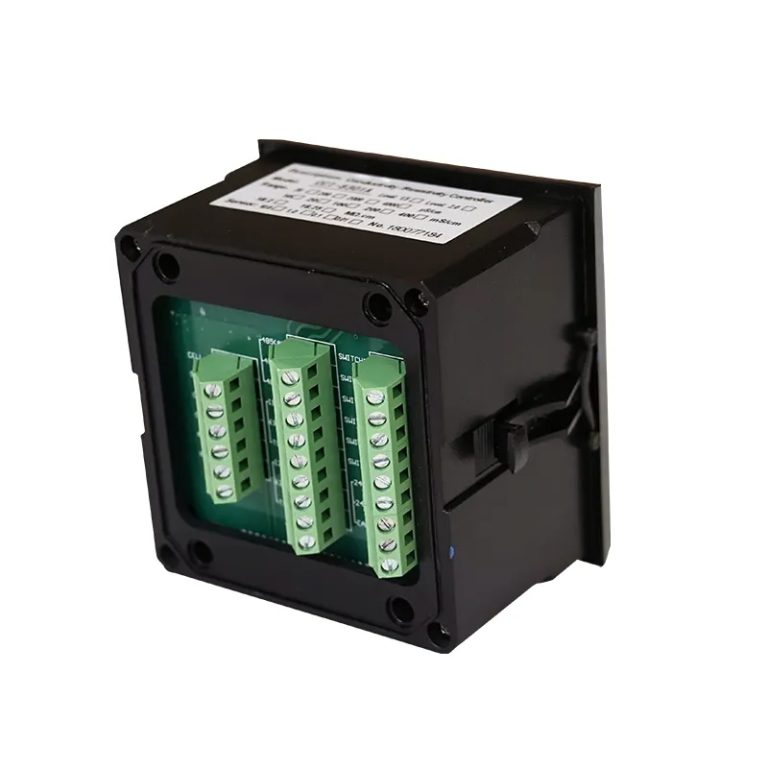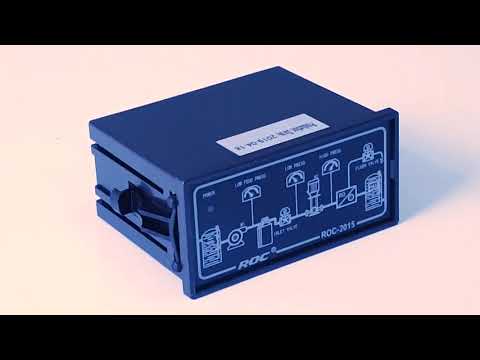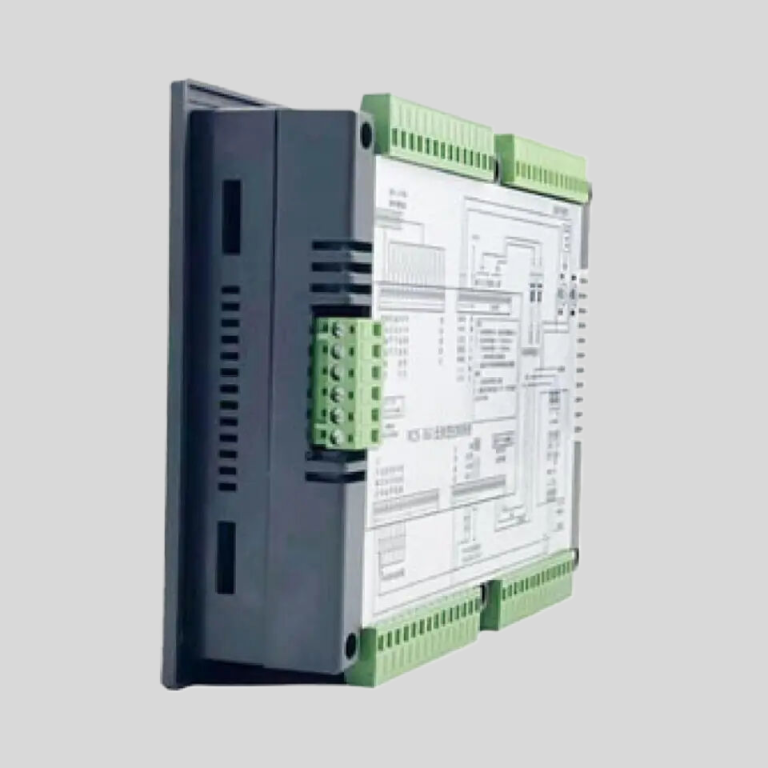Monitoring Water Quality in Aquaculture Using Turbidity Sensors
Turbidity sensors are valuable tools in monitoring water quality in aquaculture settings. These sensors measure the cloudiness or haziness of water caused by suspended particles such as silt, algae, and other organic and inorganic matter. By providing real-time data on water clarity, turbidity sensors help aquaculture farmers maintain optimal conditions for their aquatic organisms.
One of the key applications of turbidity sensors in aquaculture is in monitoring the health of fish and other aquatic species. High levels of turbidity can indicate poor water quality, which can stress or even harm the animals. By continuously monitoring turbidity levels, farmers can quickly identify and address any issues that may arise, such as excessive sedimentation or algal blooms. This proactive approach can help prevent disease outbreaks and ensure the overall well-being of the aquatic organisms.
| Model | pH/ORP-8851/9900 pH/orp meter |
| Range | 0-14 pH; -2000 – +2000mV |
| Accuracy | ±0.1pH; ±2mV |
| Temp. Comp. | Automatic temperature compensation |
| Oper. Temp. | Normal 0~60℃; High temp 0~100℃ |
| Sensor | pH double/triple sensor; ORP sensor |
| Display | Big Screen LCD Screen |
| Communication | 4-20mA output/RS485 |
| Output | High/Low limit dual relay control |
| Power | DC24V/0.5A or AC85-265V±10% 50/60Hz |
| Working Environment | Ambient temperature:0~50℃ |
| Relative humidity≤85% | |
| Dimensions | 96×96×72mm(H×W×L) |
| Hole Size | 92×92mm(H×W) |
| Installation Mode | Embedded |
Turbidity sensors are also used to monitor the effectiveness of water treatment processes in aquaculture systems. For example, in recirculating aquaculture systems (RAS), where water is continuously filtered and reused, turbidity sensors can help ensure that the filtration system is functioning properly. By measuring turbidity levels before and after treatment, farmers can assess the efficiency of their filtration systems and make any necessary adjustments to maintain water quality.
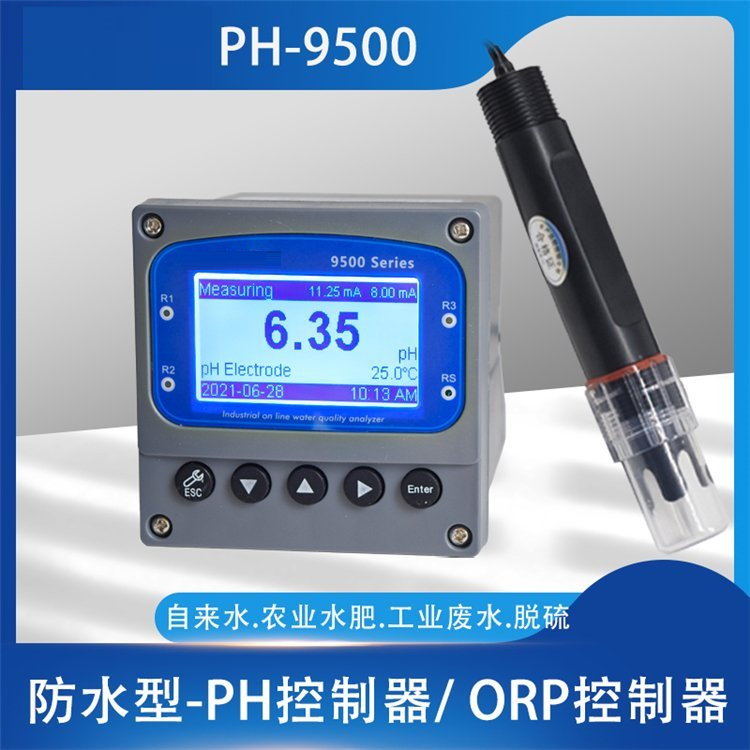
In addition to monitoring water quality within aquaculture systems, turbidity sensors are also used to assess the impact of aquaculture operations on the surrounding environment. Excessive sedimentation and nutrient runoff from aquaculture facilities can degrade water quality in nearby water bodies, leading to harmful algal blooms and other environmental issues. By monitoring turbidity levels in the surrounding water bodies, farmers can track the impact of their operations and take steps to mitigate any negative effects on the environment.
| Model | CIT-8800 Inductive Conductivity/Concentration Oline Controller |
| Concentration | 1.NaOH:(0~15)% or(25~50)%; 2.HNO3:(0~25)% or(36~82)%; 3.User-defined concentration curves |
| Conductivity | (500~2,000,000)uS/cm |
| TDS | (250~1,000,000)ppm |
| Temp. | (0~120)°C |
| Resolution | Conductivity: 0.01uS/cm; Concentration: 0.01%; TDS:0.01ppm, Temp.: 0.1℃ |
| Accuracy | Conductivity: (500~1000)uS/cm +/-10uS/cm; (1~2000)mS/cm+/-1.0% |
| TDS: 1.5 level, Temp.: +/-0.5℃ | |
| Temp. compensation | Range: (0~120)°C; element: Pt1000 |
| Communication port | RS485.Modbus RTU protocol |
| Analog output | Two channels isolated/ transportable (4-20)mA, Instrument / Transmitter for selection |
| Control Output | Triple channels semiconductor photoelectric switch, Programmable Switch, pulse and frequency |
| Working Environment | Temp.(0~50)℃; relative humidity <95%RH (non-condensing) |
| Storage Environment | Temp.(-20~60)℃;Relative Humidity ≤85%RH (none condensation) |
| Power Supply | DC 24V+15% |
| Protection Level | IP65 (with rear cover) |
| Dimension | 96mmx96mmx94mm(HxWxD) |
| Hole Size | 9lmmx91mm(HxW) |
Turbidity sensors can also be used to monitor the quality of incoming water sources in aquaculture facilities. By measuring turbidity levels in source water, farmers can identify potential contaminants or pollutants that may pose a risk to their aquatic organisms. This information can help farmers make informed decisions about water treatment and management practices to ensure the health and safety of their animals.
Overall, turbidity sensors play a crucial role in monitoring water quality in aquaculture settings. By providing real-time data on water clarity, these sensors help farmers maintain optimal conditions for their aquatic organisms, monitor the effectiveness of water treatment processes, assess the impact of aquaculture operations on the environment, and ensure the quality of incoming water sources. With the help of turbidity sensors, aquaculture farmers can make informed decisions to promote the health and sustainability of their operations.
